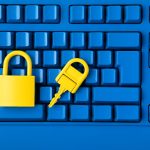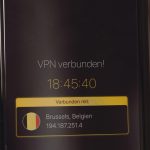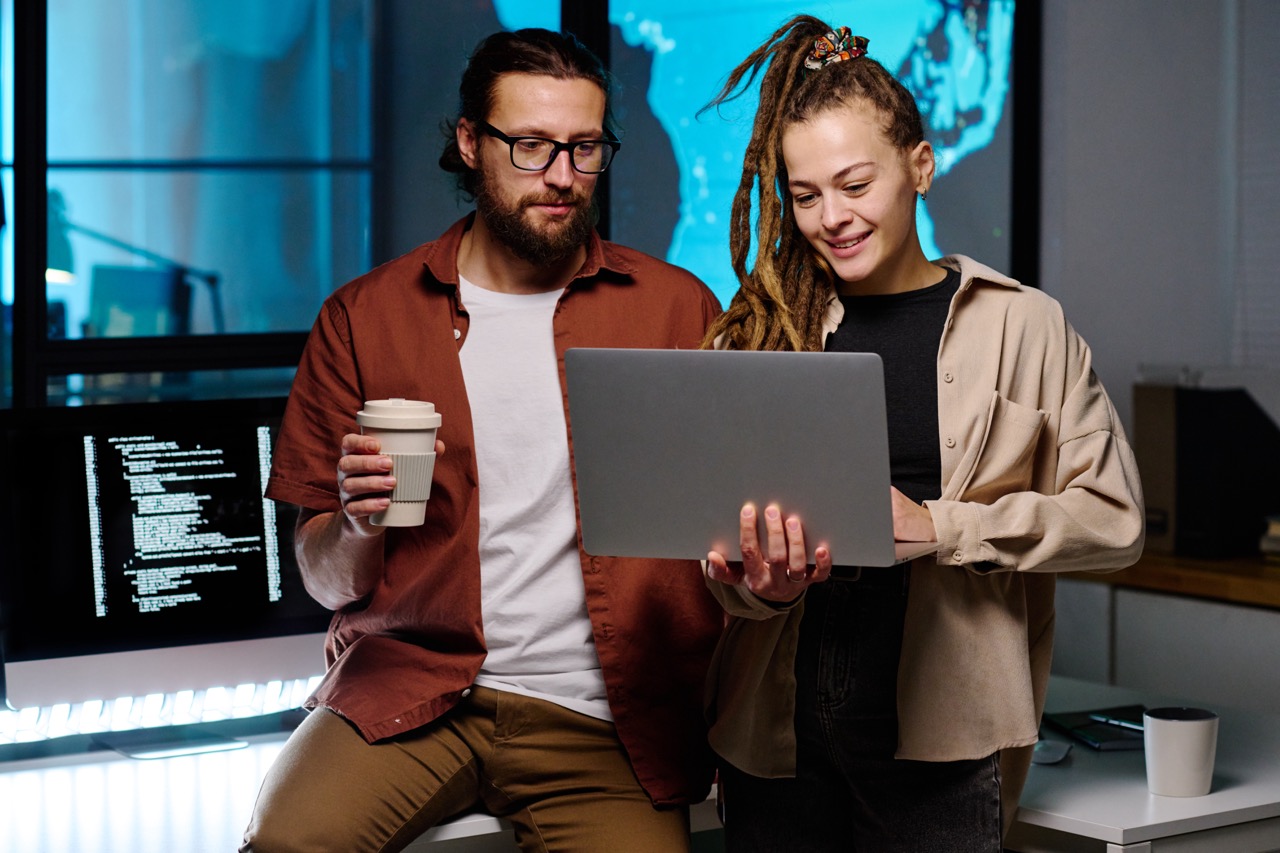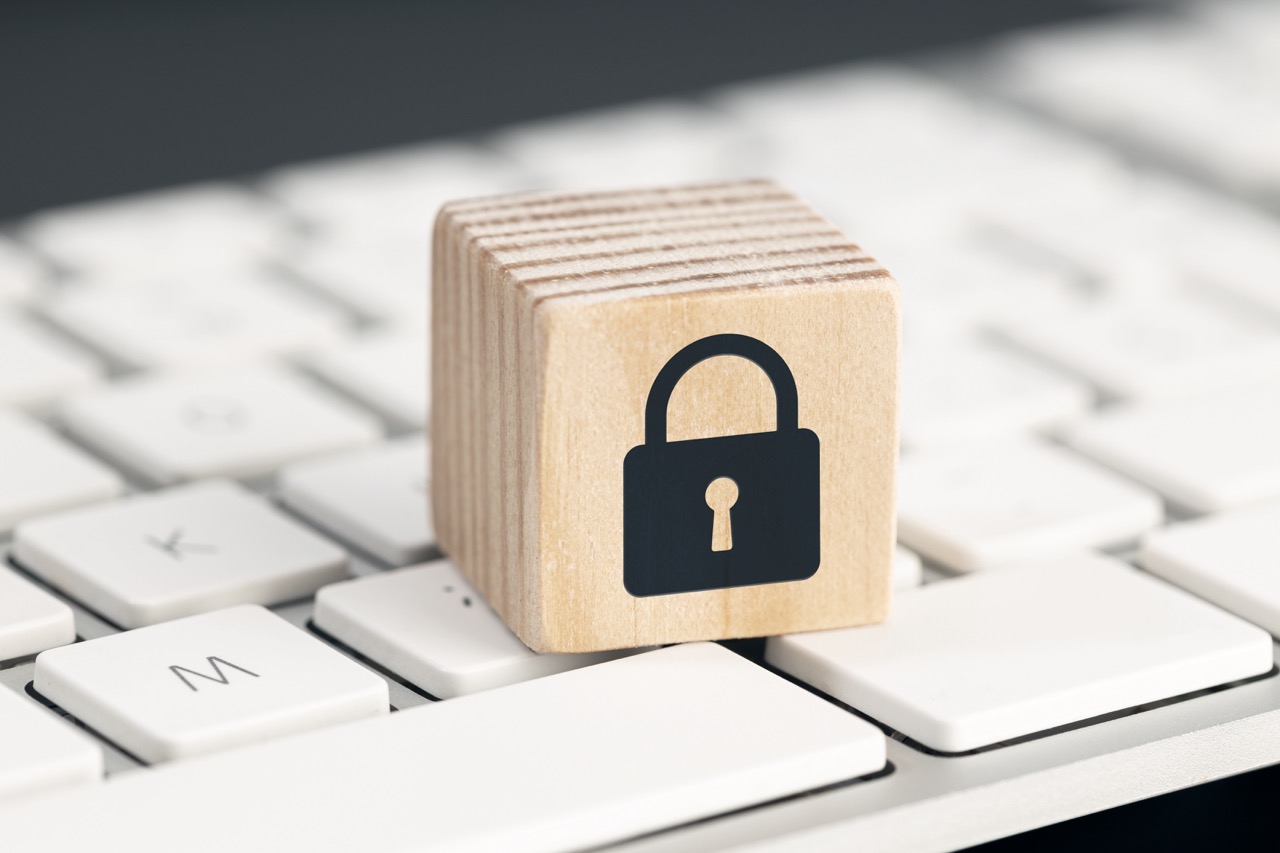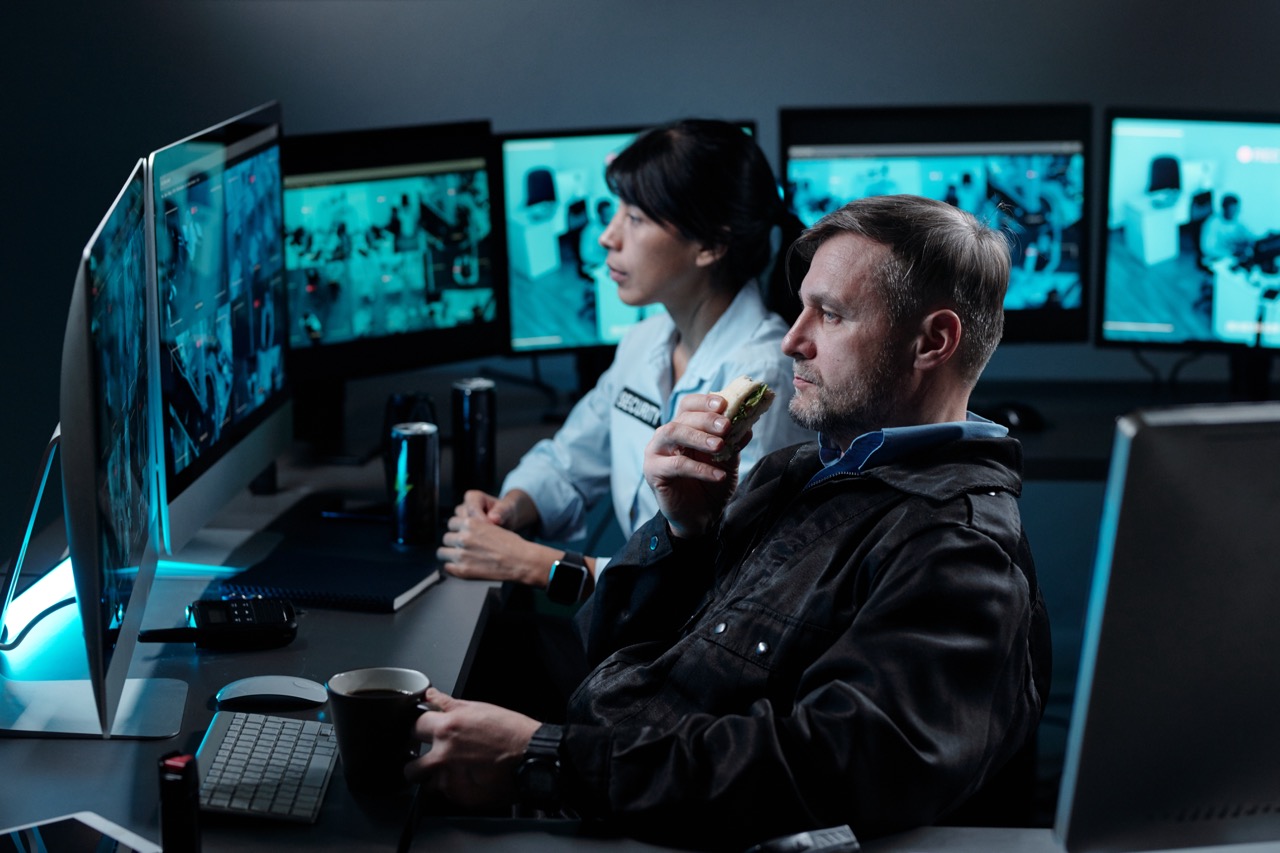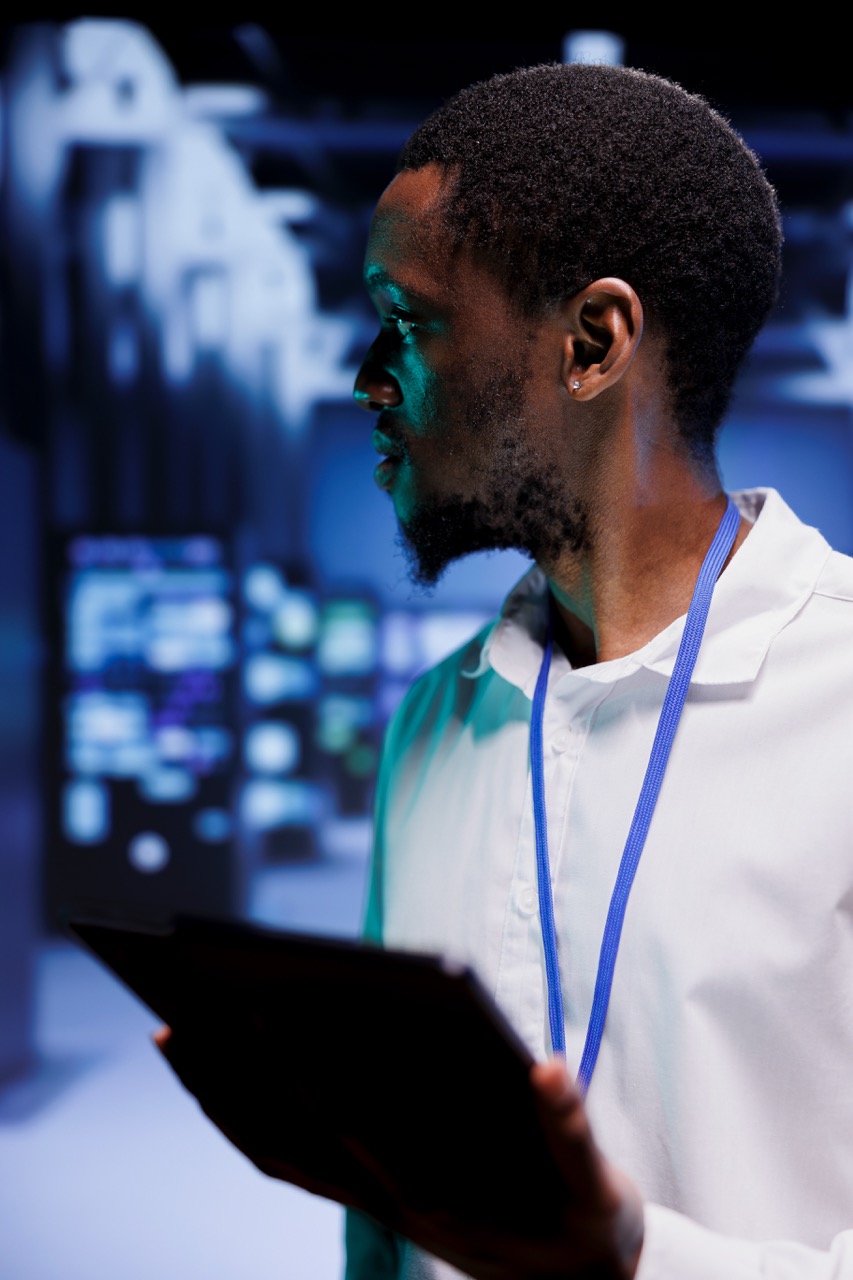In an era where digital content creation is booming, video editing professionals are more vulnerable than ever to intellectual property theft. With numerous individuals and organizations vying for dominance in the creative landscape, safeguarding one’s work has never been more critical. A Virtual Private Network (VPN) emerges as a powerful tool for video editors, offering not just anonymity but also enhanced security measures that protect sensitive assets. This article delves into the significance of VPNs in video editing, focusing on how they safeguard intellectual property, the technical mechanisms behind their security features, best practices for professionals, legal implications in the creative industries, and future trends in VPN technology.
Understanding the Importance of VPNs for Video Editors
Video editing often involves working with sensitive projects, including scripts, raw footage, and final cuts that represent hours of labor and creativity. For professionals in this field, maintaining the confidentiality of their work is paramount. VPNs provide a necessary layer of protection by encrypting internet connections, making it much harder for unauthorized parties to intercept data. In an age where cyber threats are omnipresent, video editors cannot afford to overlook the security solutions that VPNs offer.
Moreover, video editors frequently collaborate with clients and teams distributed across the globe. This collaborative environment necessitates the sharing of large files and sensitive information, which can pose risks if transmitted over unsecured networks. Using a VPN ensures that information shared over public Wi-Fi or other vulnerable networks remains encrypted and safe from prying eyes. In essence, VPNs enable video editors to work efficiently without compromising their intellectual property.
Lastly, as the demand for remote work increases, so does the need for secure communication channels. VPNs facilitate remote access to editing software and files stored on secure servers, allowing editors to maintain productivity regardless of their physical location. This flexibility not only enhances workflow but also reinforces the importance of protecting proprietary content against potential intellectual property theft.
How VPNs Safeguard Intellectual Property in Video Projects
The primary function of a VPN is to mask the user’s IP address and route traffic through secure servers, thereby obfuscating their online presence. For video editors, this means that the risk of exposure to hackers or competitors diminishes significantly. By creating an encrypted tunnel for internet traffic, VPNs protect valuable assets from being tracked or intercepted during transmission. This is particularly critical when uploading or downloading large video files, which are attractive targets for cybercriminals.
Additionally, VPNs can help video editors bypass geographic restrictions that may limit access to video hosting platforms or editing software. In situations where certain content is region-locked, a VPN provides the ability to connect to servers in different locations, thus allowing editors to access and utilize resources without the threat of legal repercussions. This flexibility ensures that editors can leverage all available tools to enhance their projects while remaining compliant with intellectual property laws.
Another key aspect of VPN usage in video editing is the protection against potential copyright infringement claims. By masking the origin of a video project, editors can confidently share their work with clients and collaborators without the risk of exposing their intellectual property to competitors who may seek to replicate or redistribute it unlawfully. Therefore, VPNs serve as a crucial barrier against both cyber threats and legal challenges.
The Technical Mechanisms Behind VPN Security Features
At the core of VPN technology is a secure tunneling protocol that encrypts data in transit. Common protocols such as OpenVPN, L2TP/IPsec, and IKEv2 ensure that the data packets exchanged between the user’s device and the VPN server remain secure. This encryption makes it exceedingly difficult for hackers or unauthorized users to decipher the information, thus safeguarding intellectual property during the editing process.
Moreover, VPNs implement various security features such as kill switches, DNS leak protection, and multi-factor authentication. A kill switch automatically disconnects the user from the internet if the VPN connection drops, preventing any unprotected data transmission. DNS leak protection ensures that DNS queries are routed through the VPN, preventing exposure of browsing activities. Multi-factor authentication adds an additional layer of security, requiring users to verify their identity before gaining access to sensitive projects or files.
By utilizing robust encryption algorithms, such as AES-256, VPNs provide an exceptionally high level of security, making it nearly impossible for intruders to access sensitive data. This level of protection is vital for video editors who handle proprietary materials, ensuring that their creative assets remain confidential and secure throughout the editing process.
Best VPN Practices for Video Editing Professionals
For video editing professionals, selecting the right VPN is crucial. It’s essential to choose a VPN provider that prioritizes security and privacy while also offering high-speed connections suitable for large file transfers. A reputable VPN service should have a strict no-logs policy, meaning that user activity is not recorded or stored, thus ensuring anonymity. Additionally, look for VPNs with servers strategically located near major video hosting platforms to minimize latency and enhance upload/download speeds.
Once a VPN is selected, proper configuration is key to maximizing its benefits. Professionals should always connect to the VPN before accessing any sensitive content or sharing files over the internet. Regularly updating VPN software ensures that security features remain effective against evolving cyber threats. Furthermore, utilizing a dedicated IP address can enhance security by reducing the chances of IP bans by content platforms, which can occur with shared IP addresses.
Lastly, it’s advisable to conduct regular security audits and tests to identify any potential weaknesses in the VPN setup. This includes checking for IP leaks, ensuring that DNS queries are secure, and confirming that the kill switch is functioning correctly. By maintaining a proactive approach to VPN security, video editors can better protect their intellectual property and create a safer editing environment.
Legal Implications of VPN Use in Creative Industries
The legal landscape surrounding VPN usage is complex and varies significantly across jurisdictions. In many regions, utilizing a VPN to protect personally identifiable information and intellectual property is perfectly legal. However, video editors must be cautious as some countries impose strict regulations on VPN usage or even ban them outright. Therefore, it is critical for professionals to familiarize themselves with local laws and regulations regarding VPN utilization.
Moreover, while a VPN can provide anonymity, it does not grant immunity from copyright infringement. Video editors must still adhere to copyright laws when using copyrighted materials, even if they are using a VPN. Misusing a VPN to bypass licensing agreements or to distribute pirated content can lead to severe legal ramifications, including lawsuits and penalties. Understanding the fine line between protecting one’s intellectual property and infringing on others’ rights is essential.
Finally, it is wise for video editors to consider the terms of service of the platforms they use. Some platforms may prohibit VPN usage, particularly when it comes to accessing region-restricted content. Violating these terms can result in account suspension or legal actions. Therefore, as video editors leverage VPN technology to protect their work, they must also navigate the legal implications with diligence and care.
Future Trends in VPN Technology and Video Editing Security
The future of VPN technology is promising, with advancements that will likely enhance the security and functionality needed by video editing professionals. One key trend is the integration of artificial intelligence (AI) and machine learning into VPN services. These technologies can help detect unusual patterns of behavior, identifying potential threats in real-time and allowing for quicker responses to potential breaches.
Another trend is the increasing use of decentralized VPNs (dVPNs), which distribute the load across multiple nodes rather than relying on centralized servers. This decentralization enhances privacy and security as it reduces the risk of a single point of failure. For video editors, this means an additional layer of protection for their projects and intellectual property as they utilize more resilient and adaptive network structures.
Furthermore, as streaming and video-on-demand services continue to grow, VPN providers are likely to enhance their capabilities to optimize bandwidth and reduce latency. This will be crucial for video editors who require seamless access to cloud-based editing tools and platforms. As technology evolves, video editing professionals can expect VPNs to become an indispensable part of their workflow, providing enhanced security and efficiency.
In conclusion, VPNs play a vital role in protecting the intellectual property of video editing professionals in today’s digital landscape. By understanding the importance of VPNs, how they safeguard projects, their technical security mechanisms, and best practices, video editors can significantly reduce the risks associated with their work. Additionally, being aware of the legal implications and future trends enables professionals to make informed decisions regarding their cybersecurity strategies. As the creative industry continues to evolve, embracing VPN technology will be essential for those who seek to protect their creative assets while navigating an increasingly complex digital ecosystem.




